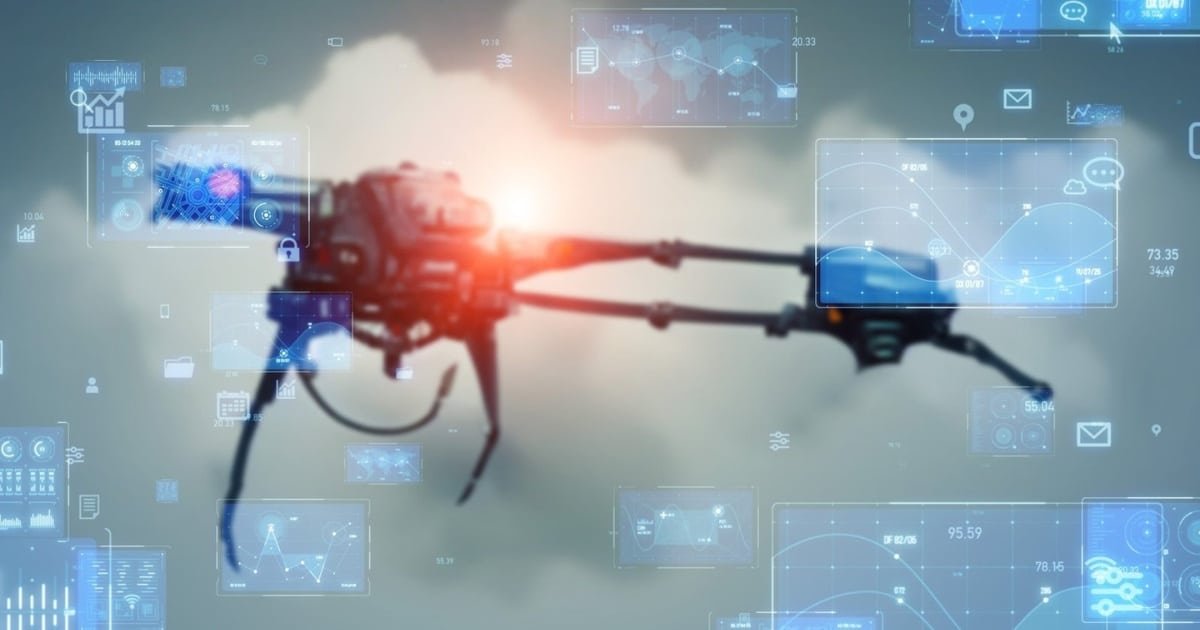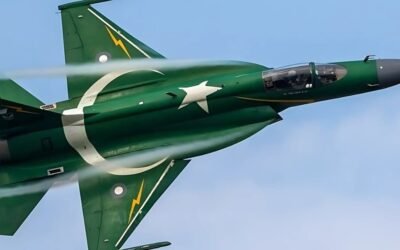For thousands of years, war meant armies clashing on battlefields. Today, it can be fought with code in the cloud. Battles began over power, land, faith, or dominance. They evolved in five stages: rigid 18th-century lines, World War I trench stalemates, World War II blitzkrieg, Vietnam and Afghanistan guerrilla warfare, and modern hacking and propaganda. Now a sixth phase has arrived: Non-Contact Warfare. Drones, AI, and cyber-weapons replace front-line troops. We’ve seen it in Azerbaijan’s drone swarms in Nagorno-Karabakh (2020), Pakistan’s electronic strikes on India (2025), and Israel’s AI lasers shooting down missiles.
This is war without handshakes – or hand-to-hand combat. Non-Contact Warfare means no troops in trenches – only satellites painting targets from orbit. No bayonet charges – just AI-guided loitering munitions hunting tanks. No artillery duels – replaced by cyber strikes freezing power grids. The battlefield hasn’t just moved – it’s vanished. Victory now belongs to those who master the Invisible Trident. Unfortunately, Pakistan has a perpetual enemy to its east, which has never accepted the reality of Pakistan. To keep our nation safe on future battlefields, Pakistan needs to understand and invest in digital warfare.
The Vanishing Battlefields: How Recent Clashes Redefined Victory
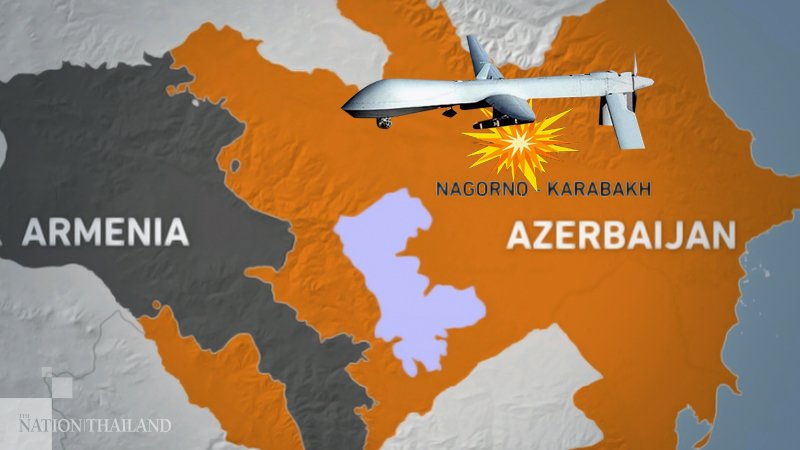
Source: Nation Thailand
In the 2020 Nagorno-Karabakh war, Azerbaijan skipped big frontline battles and used drones, hackers, and electronic jammers instead. Small drones spotted and destroyed Armenian tanks, guns, and air defenses while cyberattacks cut off their communications. This lets Azerbaijan strike from far away without risking many soldiers. In the end, they quickly took back most of the land, proving that cheap drones and digital tools can outfight old-style armies. Azerbaijan reclaimed 70% of Soviet-era territories with about 2,800 military casualties (mostly Armenian) compared to around 17,000 in the 1990s conflict. This demonstrated how low-cost, expendable drones could defeat well-established forces, demoralize defenders through constant video sharing, and change the way territorial battles are fought without heavy infantry losses.
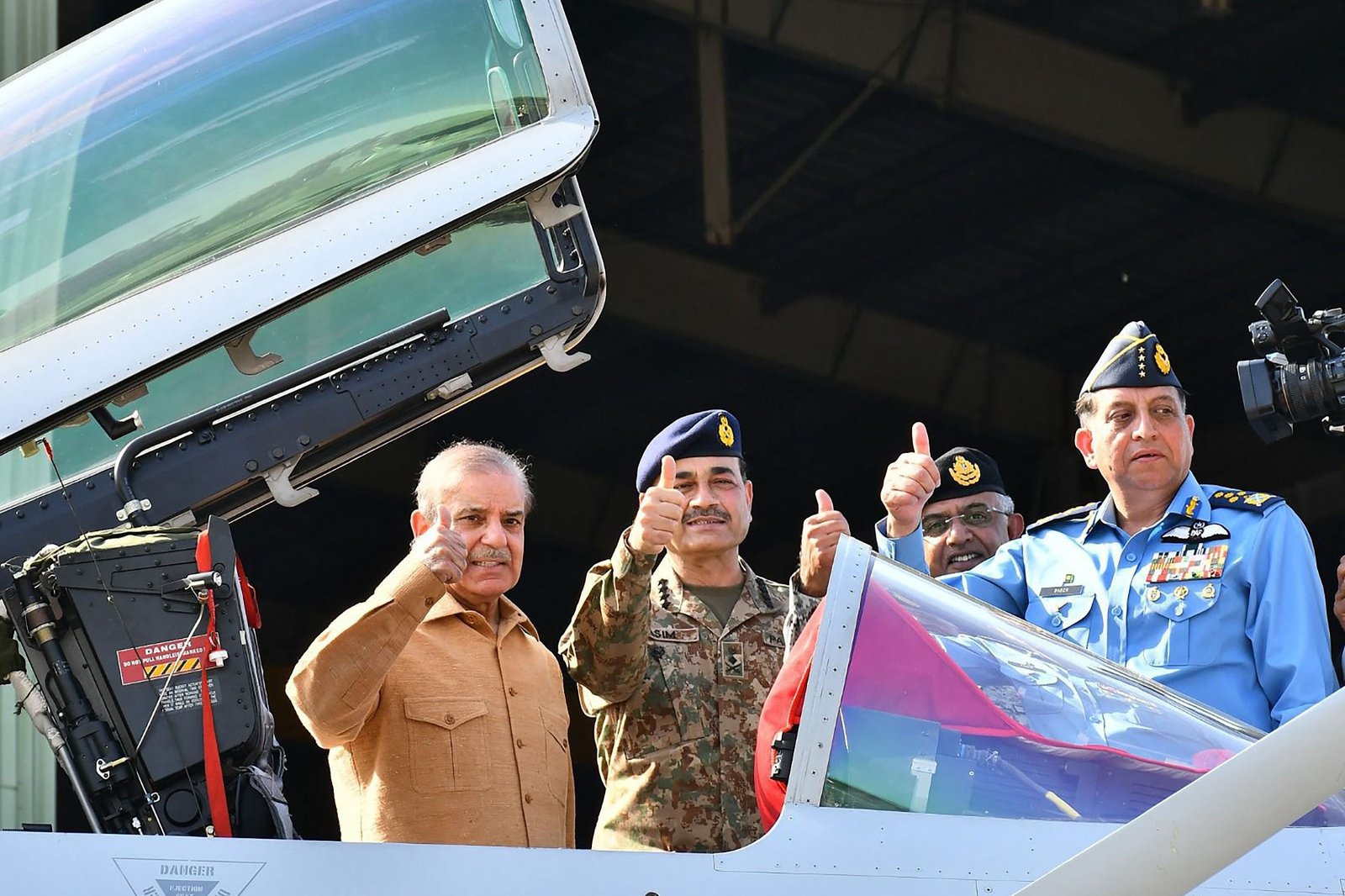
Source : Gulf Today
In the recent Marka-e-Haq clash, Pakistan showed it can fight — and win — without heavy frontline battles. India misjudged Pakistan’s strength and lost five fighter jets. Pakistan’s radar planes and J10C jets controlled the skies, while its cyber teams intercepted Indian pilots and eavesdropped on top commanders. At the same time, Pakistani drones and precision strikes hit Indian bases, forcing India to ask for peace. This proven mix of drones, electronic warfare, and cyber tools puts Pakistan among the most advanced militaries today.

Source : The Nation
Israel – Iran Conflict. After a long shadow war, Israel launched Operation Rising Lion on 13th June 2025 by precisely targeting Iran’s military and nuclear research hierarchy. Iran retaliated with hundreds of missiles and drones. Each country demonstrated its strength in non-contact warfare before striking an uneasy agreement.
The Vanishing Frontline: How AI, Drones & Cyber Are Redrawing Battlefields
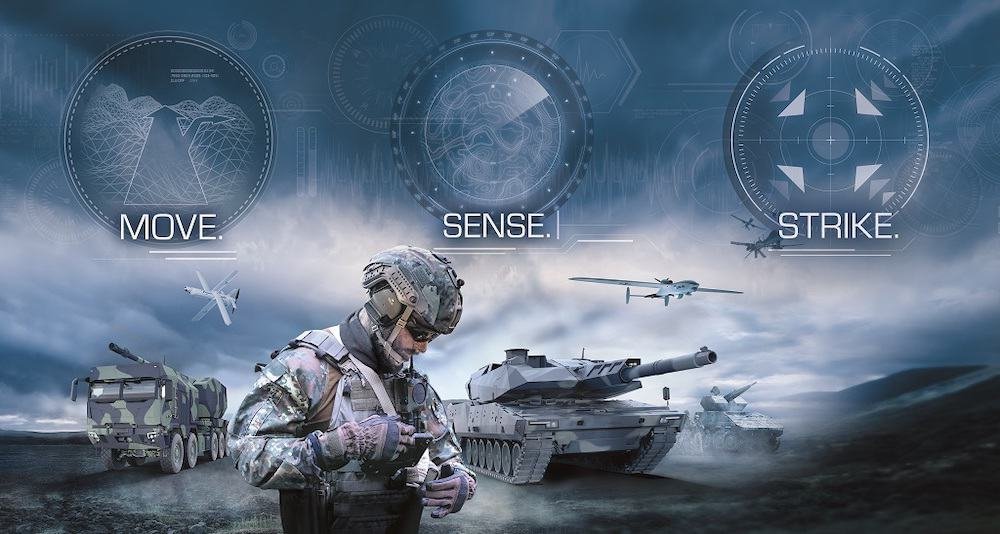
Source: Defense Advancements
Research is hyper-focused on erasing the physical frontline. Future wars will be fought by machines and code instead of frontline soldiers. In the US, DARPA’s CODE project links drones into self-flying swarms. China’s Skynet-7 uses quantum-powered AI to make split-second targeting decisions and even tries to tire out enemy leaders by hacking their brain signals. Europe’s Eurodrone program uses AI to spot and knock down hostile drones mid-flight. By 2035, airborne “motherships” will launch thousands of cheap drone decoys and hypersonic missiles under AI control. Infantry soldiers will mostly become spotters, wearing smart goggles to direct strikes. Victory will hinge on controlling the airwaves—jamming satellites, spreading fake news, and surrounding foes with drone packs. Traditional trenches, tanks, and fortresses will fade away as battles move into data streams, signals, and algorithms.
The New Arsenal: How Pakistan Can Lead the AI-Cyber Battlefield
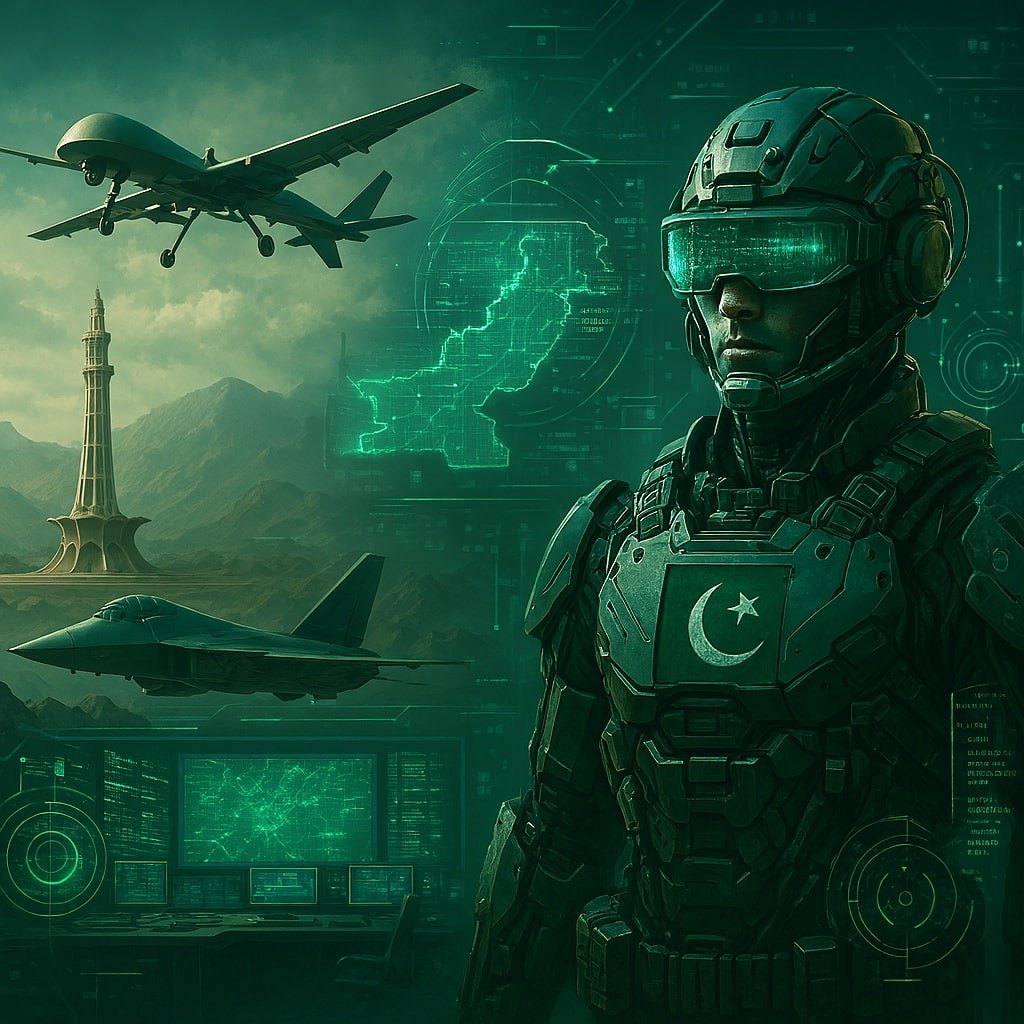
Pakistan has shown its edge over its arch-rival during the recent conflict; however, to maintain and expand its edge in this new warfare paradigm, Pakistan should focus on further developing homegrown AI models for real-time battlefield analysis, autonomous targeting, and swarm coordination. The Ministry of Science and Technology should support local drone startups to reduce reliance on foreign suppliers. Train elite cyber operatives and ethical hackers through national programs.
The Armed Forces have raised Cyber Commands; however, they need to upgrade the indigenous offensive and defensive capabilities rapidly to maintain the gap with India. Pakistan needs a comprehensive unified electronic warfare doctrine to integrate radar jamming, signal interception, and satellite spoofing into a centralized command. Use AI to automate threat detection and response in electronic warfare. Pakistan must create a Digital Defense Shield for civilians. Protect national infrastructure—power grids, hospitals, water systems—from cyberattacks. In order to do that, we must establish a civilian-military cyber coordination center to respond to hybrid threats. Pakistan needs to step into the future as early as possible. Small steps will make a big difference in making Pakistan an impregnable nation.
You May Like To Read: Remembering Amjad Islam Amjad: A Voice That Still Echoes
Imagine a war where armies don’t line up on a battlefield. Instead of soldiers marching and tanks rolling, fights happen through computers. Lines on a map lose importance when battles are decided by digital tools and networks. Today’s conflicts use drones, computer hacks, and swarms of smart machines rather than trenches and heavy armor. A small country like Pakistan can jam enemy radios, break into their networks, or send guided munitions without ever firing a traditional shell. In the future, wars will move at the speed of machines. Satellites, data centers, and even your smartphone can become targets. Fights will often be invisible—no loud explosions, but a blackout, a disrupted hospital system, or stolen secrets. This shift makes it easier for anyone with enough tech know-how to start a conflict. It also means civilians and vital services—power grids, water supplies, hospitals—face more risk than front-line soldiers. Winning in this new age means mastering fast, secure connections, powerful artificial intelligence, and unbreakable computer code. Big armies still matter, but true power comes from who controls the digital battlefield.

